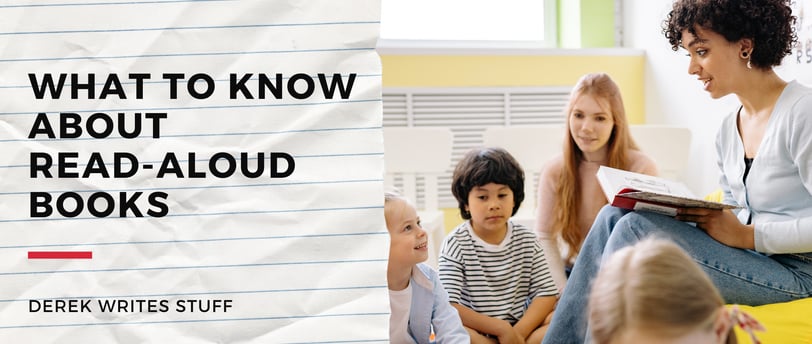What to Know About Read-Aloud Books
How to choose a book to read to children
11/6/20232 min read


The power of reading aloud to children cannot be overstated. Not only does it contribute immensely to children's language development, comprehension skills, and overall literacy. it also fosters a strong bond between the reader and the child, encouraging a lifelong love for reading. It's an activity that transcends the mere act of reading words, it's an interactive experience that opens up worlds and ideas.
The Power of Read-Alouds
Research has shown that read-alouds significantly improve children's comprehension, vocabulary acquisition, and reading fluency. They expose children to decontextualized language and new words that they may not encounter in everyday conversation. Moreover, read-alouds are not just about reading text; they are about exploration and discussion. They provide an opportunity for children to make sense of the text, develop critical thinking skills, and examine different ideas, emotions, and perspectives.
Characteristics of Good Read-Aloud Books
When choosing a read-aloud book, opt for ones with relatable storylines and characters that resonate with children's experiences and emotions. Books such as Wonder, Sarah, Plain and Tall, and the Shredderman series have been beloved by many for their relatable characters.
The language and literary elements used in the book are equally important. Beautiful language and captivating literary elements capture children's attention and foster their appreciation for literature. Read-aloud books can also introduce children to different genres, writing styles, and author's craft.
Lastly, consider the curriculum relevance and educational value of the book. Choosing read-aloud books that align with the curriculum can be used to teach specific literacy skills or content. They can also support learning in other subjects, like science or social studies.
Selecting age-appropriate and engaging read aloud books is crucial. Consider your child's developmental stages and interests. The readability and length of the text also play a significant role in ensuring a successful read aloud experience.
Making Read-Aloud Sessions Interactive
Setting a clear purpose for each read-aloud session, such as introducing a new concept or fostering a love for reading, is important. Planning ahead and selecting appropriate books that align with the session's purpose can greatly enhance the experience.
Make read-aloud sessions interactive by asking open-ended questions, encouraging discussions, and involving children in the storytelling process. You can also try activities like acting out scenes or creating artwork inspired by the story. Read-aloud sessions can also be used to develop specific literacy skills, such as phonological awareness, comprehension strategies, and critical thinking.
Look for books like Beware the Grumble that have been designed with interactive elements in mind. Elements to keep an eye out for include a conversational tone of voice, the use of humor, and text that directly addresses the reader or listener.
